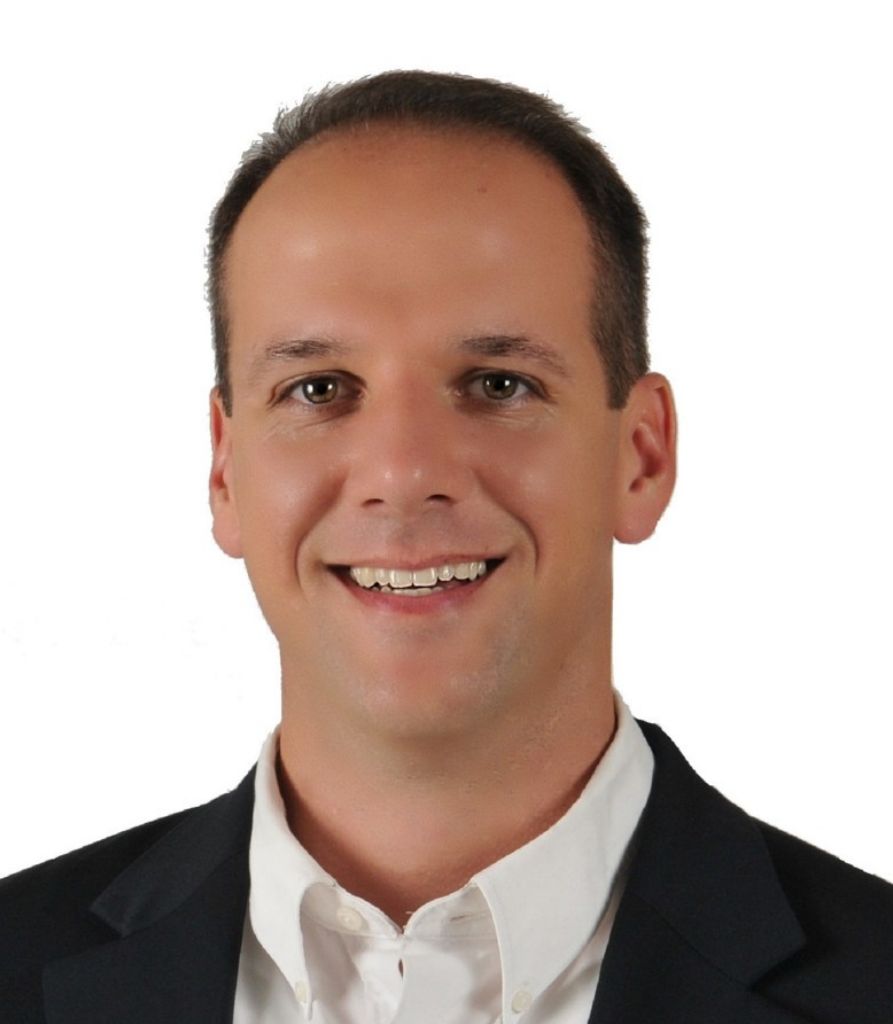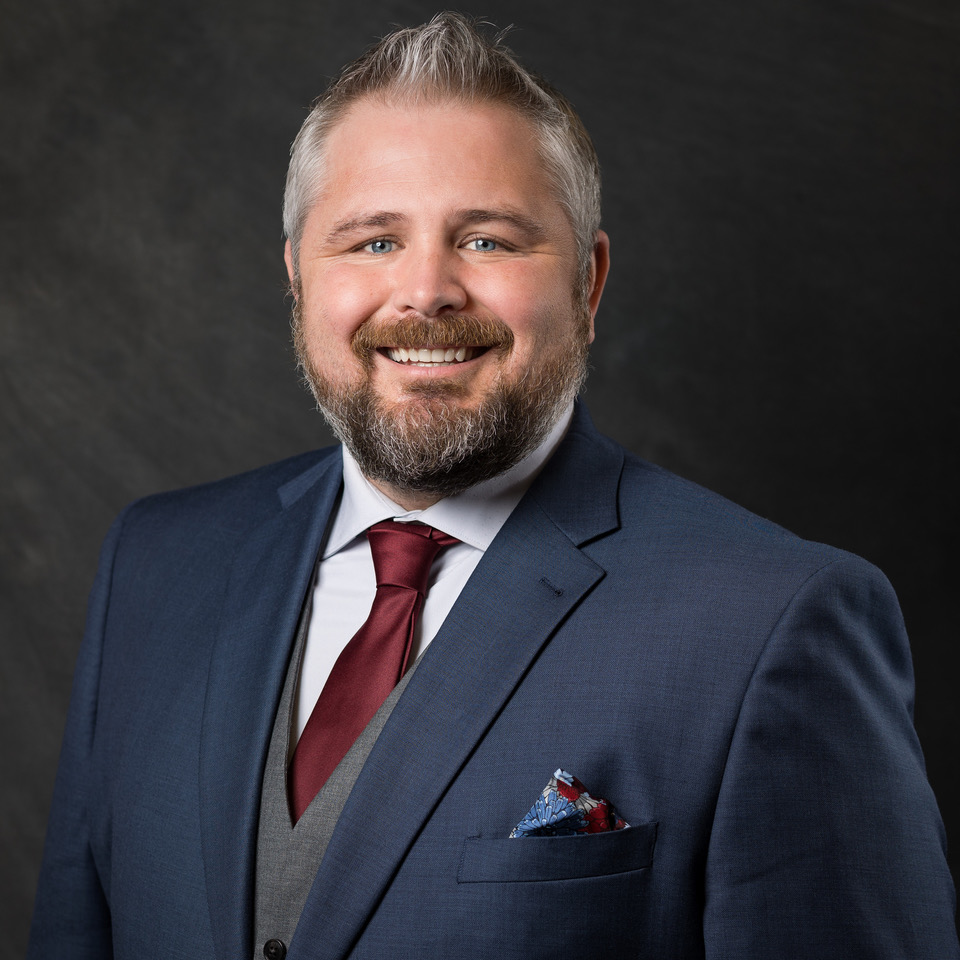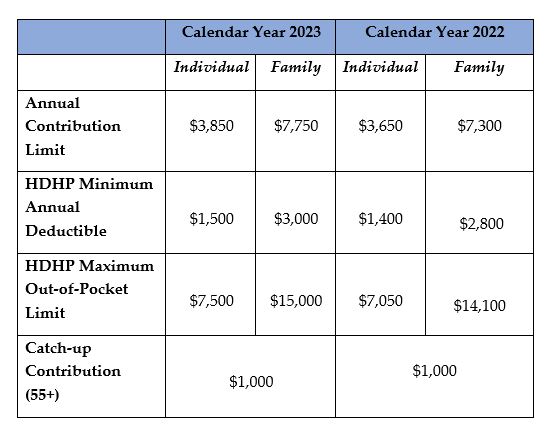Do you have the old or the new life insurance?

By Tom Strangstalien, Insurance Advisor
September is Life Insurance Awareness Month and is the time when I urge all our members to take a moment to reflect on the life insurance protection they have in place. Not too long ago, life insurance (especially term life), was generally viewed as a commodity.
Build your financial wisdom
By Mark Ziety, CFP®, AIF®, Senior Advisor, WisMed Financial
Join us for online educational sessions presented by WisMed Financial exclusively for Wisconsin Medical Society members. Session topics include retirement planning, social security and tax planning.
Open enrollment
By Chris Noffke, GBDS, CSFS, Vice President of Employee Benefits
We’re rapidly approaching autumn and it’s time to start thinking about your open enrollment. Many companies fail to properly do an open enrollment, or maybe it’s your first time.
Workers’ Compensation rate changes & good news for health care professionals
By Brian Fowler, WisMed Assure Account Director
Starting October 1, 2022, Workers’ Compensation rates in Wisconsin will drop for the seventh year in a row. Unlike many other states, Work Comp rates in Wisconsin are set by the state and are the same for every insurance carrier. The decrease is 8.47% over all employee classifications.
$111,000 more from Social Security
By Mark Ziety, CFP®, AIF®, Senior Advisor, WisMed Financial
With more than 2,700 rules and 567 separate filing strategies for Social Security, 96% of people fail to make the optimal claiming decision and miss out on $111,000 of benefits for the average household.
$111,000 – that’s a lot of money. Let’s look at some of the rules for Social Security so your decision is better informed.
How to prevent floods from damaging your business

By Society Insurance Team, reposted with permission from Society Insurance
The continued impact of extreme weather events isn’t lost on businesses: according to one report, businesses can expect to see roughly $13 billion in flood damage in 2022. Tornados, derechos, and severe thunderstorms all threaten billions in damage, but with spring just ahead, let’s focus on how you can protect your business from the threat of flooding.
Businesses everywhere are susceptible to flood damage—so how can they prepare?









